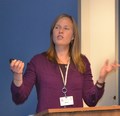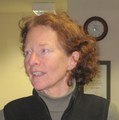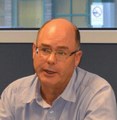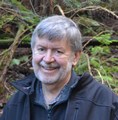YOU TUBE VIDEO: "The Water-Wise Guide is in essence both a call to action (for the community, but also for us) as well as a road map for that action," said Nancy Gothard, City of Courtenay environmental planner

“So, our goal was to begin to brand the story and to make it visible in the various regulatory agencies in the Valley. To depict visually that we were developing a consistency in expectations in how development would address environmental concerns. Having it available on every front counter and every website is a first step,” stated Nancy Gothard.










